Japanese Ceramics
From the early days of Japanese porcelain production, the decorators developed distinctly different styles of decoration to those produced in China. Whilst some items display great simplicity of design, where space is just as important as what is actually painted, which is diametrically opposed to the profuse and elaborate decoration to what we know as ‘Imari’ porcelains, and has remained popular in the West for over 300 years.
Artistic evolution somewhat stagnated from the early 18th Century, until the dramatic development of decoration to be found most pertinently on the pottery wares known as Satsuma, where meticulous and minute detail can be found on items further embellished with exquisite gilding. These wares evolved from items made for the Tea Ceremony such as Raku, Shino, and Oribe objects made predominantly at Shigaraki and Bizen. Production of such items flourished when the Tea Ceremony became more formal in the 16th Century.
Showing all 14 results
-
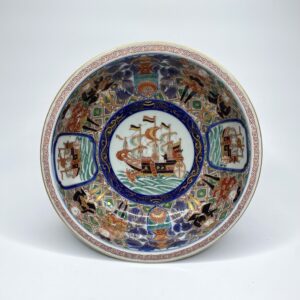
Imari ‘Black Ship’ bowl, Japan, c. 1890. Meiji Period.
£380.00 View More -
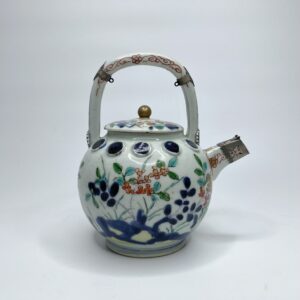
Imari sake ewer, Arita, Japan, c. 1700, Edo Period.
£1,550.00 View More -
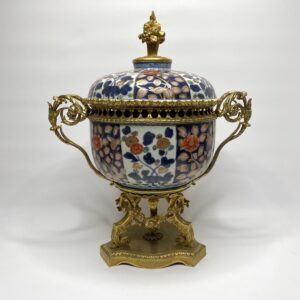
Japanese ormolu mounted Imari bowl & cover, c.1700. Edo Period.
£2,900.00 View More -
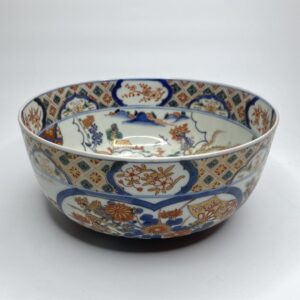
Imari porcelain bowl, Japan, c. 1890. Meiji Period.
£290.00 View More -
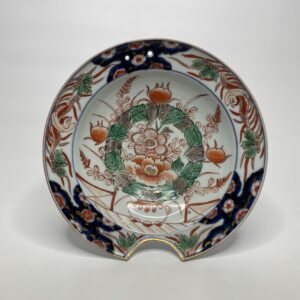
Imari porcelain barbers bowl, Arita, Japan, c. 1700. Genroku Period.
£480.00 View More -
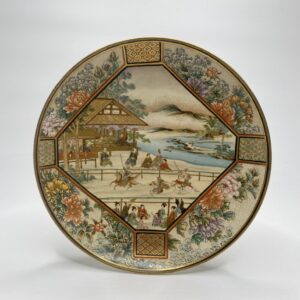
Satsuma pottery plate, Horse Racing, signed Ryokuzan, Meiji Period.
£1,200.00 View More -
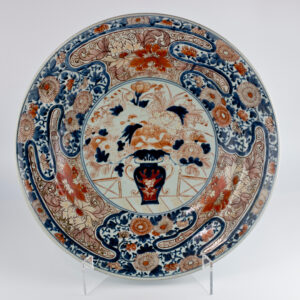
Japanese Imari charger of large size, Arita, c. 1700. Genroku Period.
£2,950.00 View More -
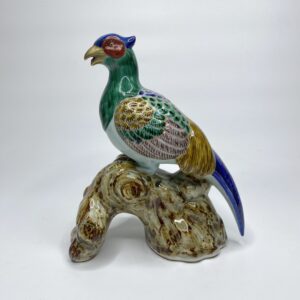
Kutani porcelain Green Pheasant, Japan, Meiji Period.
£290.00 View More -
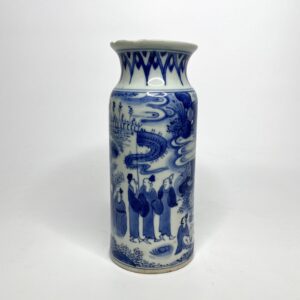
Arita porcelain ‘Rolwagen’, Japan, c. 1670, Edo Period.
£450.00 View More -
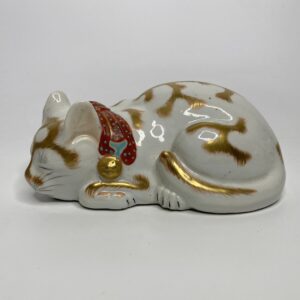
Kutani porcelain okimono of a cat, c. 1900. Meiji Period.
£350.00 View More -
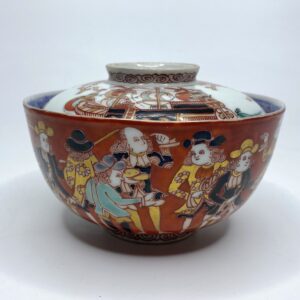
Imari ‘Black Ship’ bowl and cover, Japan, Meiji Period.
£490.00 View More -
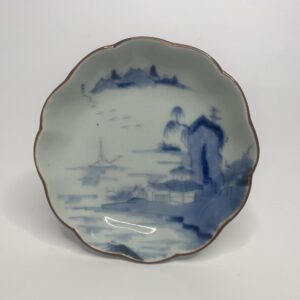
Japanese porcelain lobed blue and white dish, Arita, c. 1670. Edo Period.
£590.00 View More -
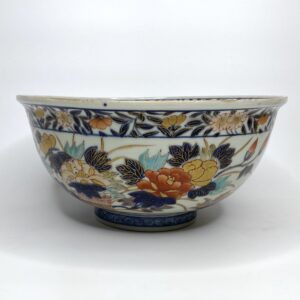
Japanese Imari porcelain bowl, Arita, c. 1700. Genroku Period.
£1,950.00 View More -
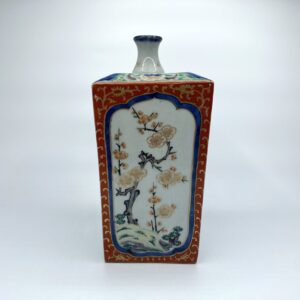
Kenjo Imari tokuri, Arita, Japan, c. 1700. Genroku Period.
£680.00 View More
